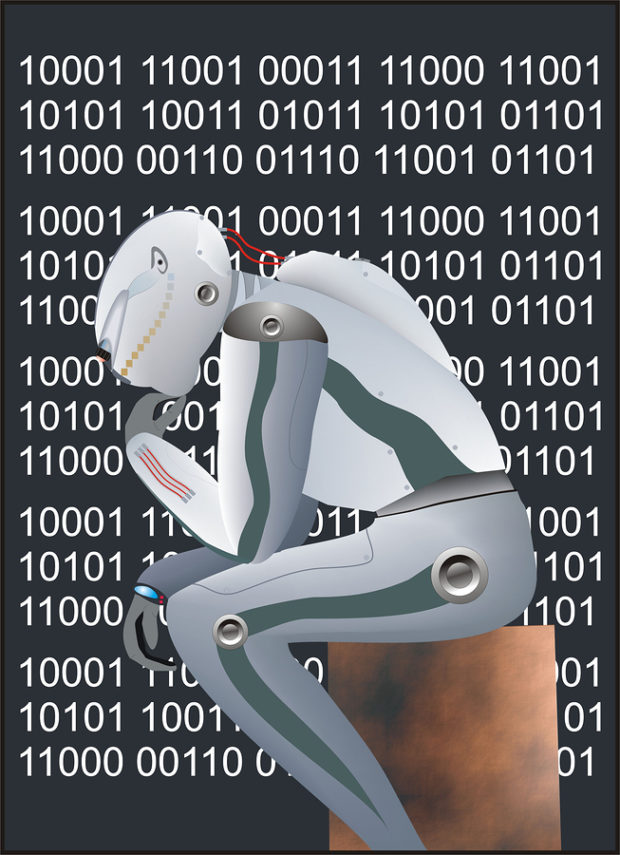According to Indico CEO Tom Wilde, author of the accompanying article, “Beyond RPA: Why Insurers Need to Catch the IPA Wave,” RPA complements IPA.
But what exactly is IPA? How is it different from RPA? BPA.
Indico gives the lowdown in a blog item titled “RPA vs. IPA: Complementary, not Competitive.”
We excerpt some of the key points here.
Business Process Management
- Both RPA and IPA fall under the larger umbrella of business process management (BPM).
- BPM has been around for a while. It focuses on improving business processes, or using best practices to ensure processes are as effective and efficient as possible.
- BPM doesn’t require automation, but it can be automated. That’s BPA, business process automation.
- One example of BPM without automation is simply improving an entirely manual process by streamlining it to remove unnecessary steps.
- RPA involves automating repetitive tasks to make a process less labor-intensive for humans.
- RPA works well with deterministic business processes that involve structured data—in situations where the process is exactly the same every time and where data is in well-defined fields, such as a spreadsheet.
- For RPA to work, the process being automated cannot require any human judgment. RPA can only work if decisions are made with “if/then” statements.
- RPA cannot make judgments about data or learn from experience to improve the process like machine learning applications can.
- RPA does what you tell it to do—no more, no less.
- RPA cannot handle unstructured data, such as text and images. It needs to know exactly what data to look for and where to find it.
Intelligent Process Automation
- IPA has cognitive ability and is suited to work with business processes involving text and images.
- IPA builds on the concept of transfer learning, where a model trained on one task is used for another, related task.
- Indico has created a model with enough data points to enable it to understand human language and context.
- IPA can translate unstructured content into structured data so it can be plugged back into an RPA platform.
- According to McKinsey & Company, “IPA mimics activities carried out by humans and, over time, learns to do them even better.” (Source: March 2017 Article, McKinsey Digital, “Intelligent Process Automation: The Engine at the Core of the Next Generation Operating Model“)
Use Cases: RPA vs. IPA
RPA use cases include activities such as aggregating data for financial reports at the end of a quarter. If you know where the data is located, RPA can automate the gathering and aggregation process faster than a human.
In banking, RPA can automate the process of copying and pasting customer data from one banking system to the next.
In sales, RPA can update customer relationship management applications with data from Excel spreadsheet sales reports, relieving sales people of the copy/paste chore.
Intelligent automation tools can apply to use cases that involve document-based workflows.
In banking, IPA can be used in appraisals and mortgage approval processes to extract relevant unstructured data from onboarding documents and to analyze images.
In insurance, IPA solutions can quickly examine hundreds of claims and identify those that may indicate fraud.
For a discussion of more insurance use cases, read the accompanying article, “Beyond RPA: Why Insurers Need to Catch the IPA Wave.”
Source: Indico blog; McKinsey & Company





















 First Atlantic Hurricane Forecast for 2026 Suggests Season Close to 30-Year Norm
First Atlantic Hurricane Forecast for 2026 Suggests Season Close to 30-Year Norm  Good Times for U.S. P/C Insurers May Not Last; Auto Challenges Ahead
Good Times for U.S. P/C Insurers May Not Last; Auto Challenges Ahead  Rebuilding Negotiation Talent: Why This Skill Is Missing and How to Fix It
Rebuilding Negotiation Talent: Why This Skill Is Missing and How to Fix It  Nearly Half of 100 Largest P/C Insurers Destroy Value: ACORD
Nearly Half of 100 Largest P/C Insurers Destroy Value: ACORD 

